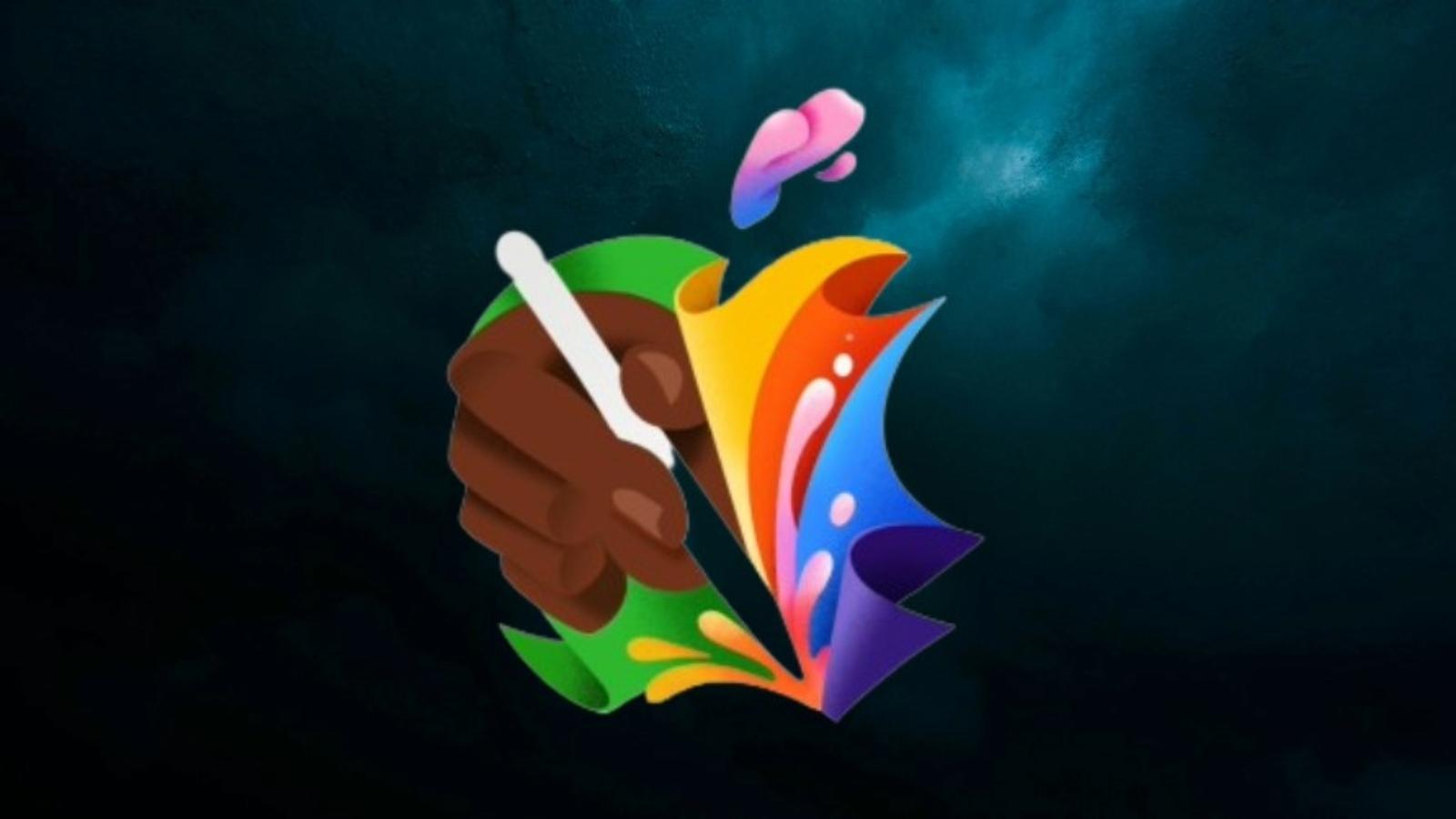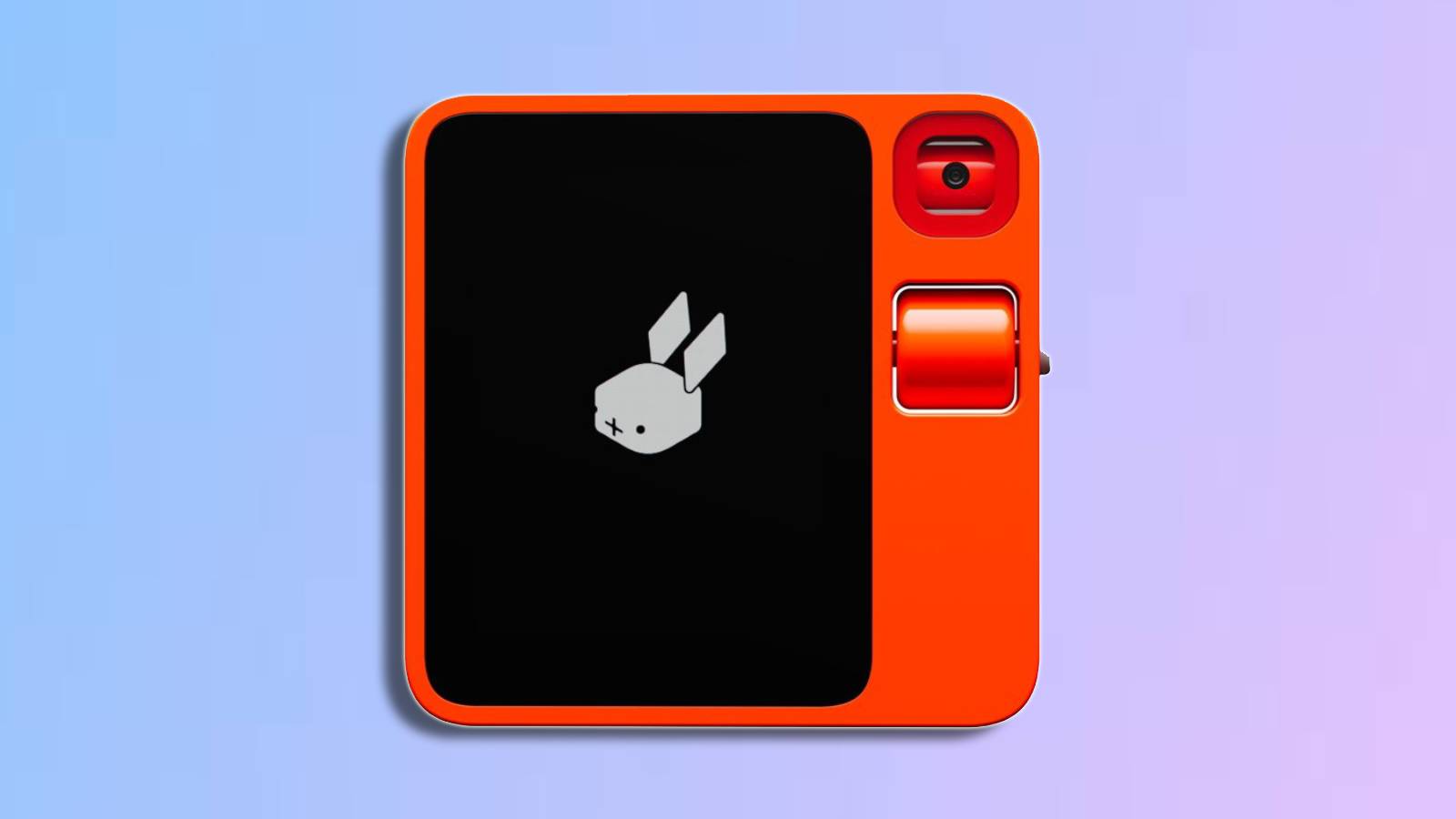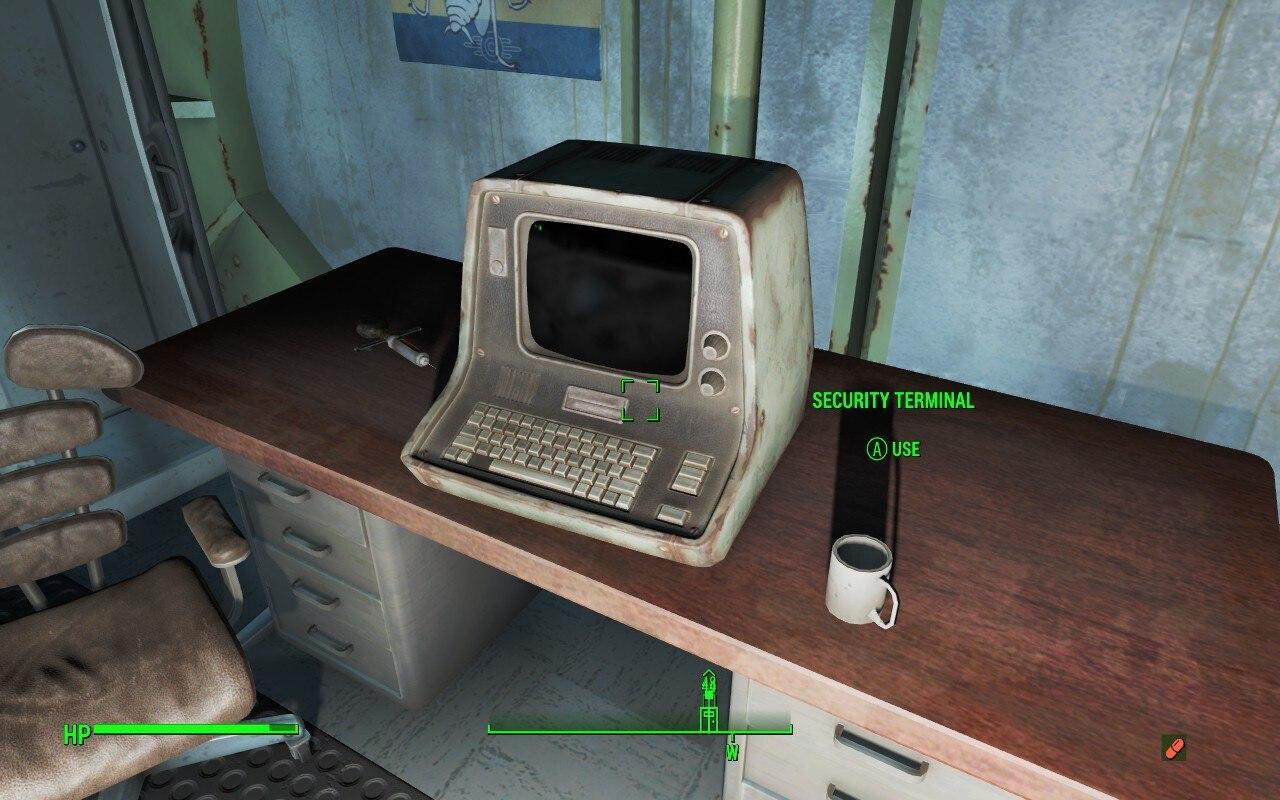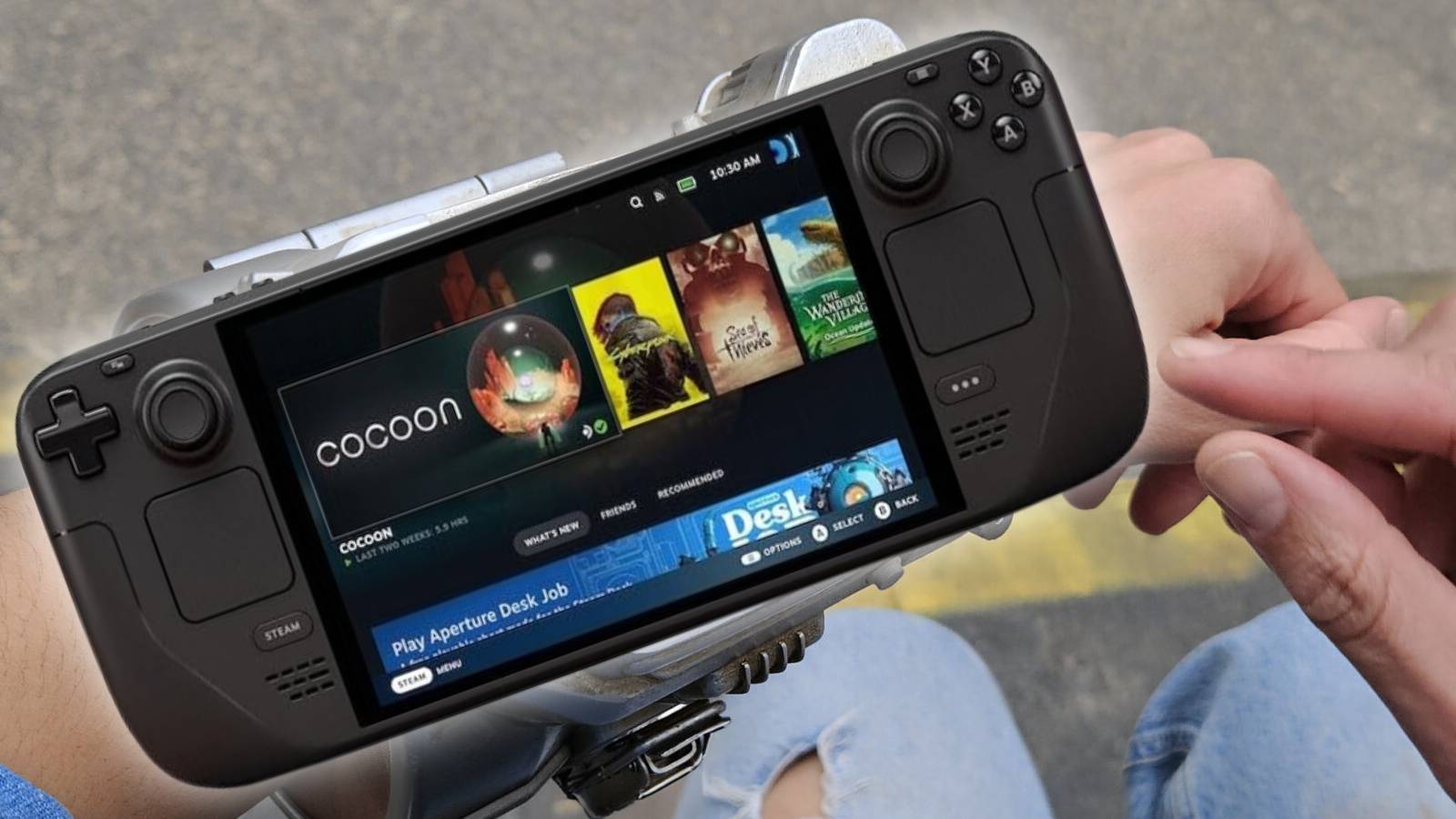Steam Deck vs Nintendo Switch: Which one is better in 2024?
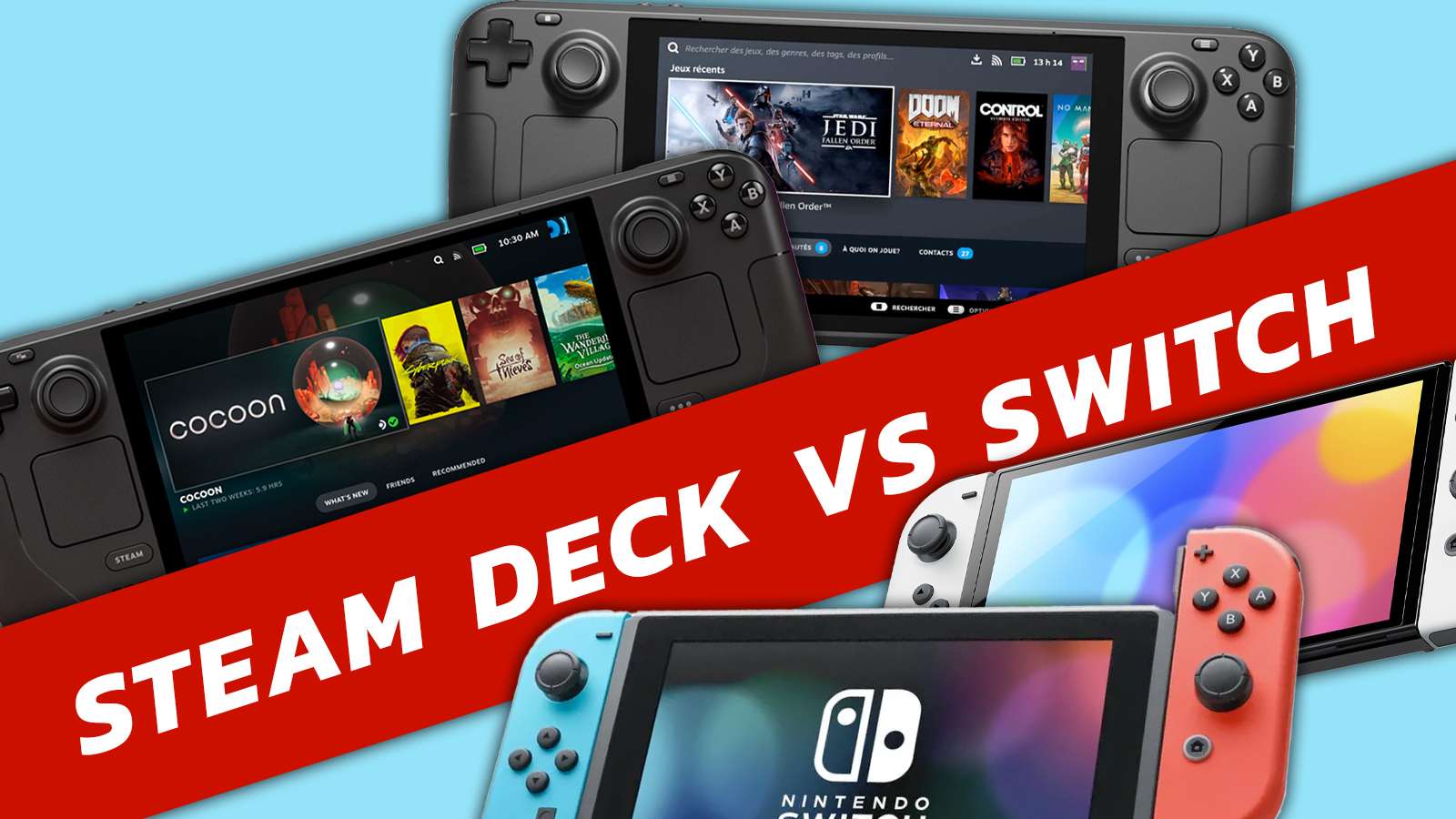
With the Steam Deck OLED finally available, is it still worth it to grab a Nintendo Switch in 2024? We break down the differences.
The Nintendo Switch completely changed the landscape of handheld video games. From its unique design to the console game quality in your pocket ethos. Yet, while we approach its seventh anniversary, the handheld market is vastly different than it was when the Nintendo Switch originally released back in 2017.
During the Switch’s long lifespan, Valve released the Steam Deck in 2022. Once again, the world of handheld gaming was turned on its head, changing the landscape forever. Which has only now gone into overdrive since the Steam Deck OLED model joined the fray.
With two powerful portable handhelds to choose from, how does Valve’s handheld Linux PC fare against the might of the Nintendo Switch? Let’s find out.
Specs
| Spec | Steam Deck | Nintendo Switch |
|---|---|---|
| APU | Custom AMD Van Gogh (Aerith on LCD/Sephiroth on OLED) | Custom Nvidia Tegra X1 |
| CPU architecture | AMD Zen 2 | ARM Cortex-A57 |
| CPU clock speed | 2.4 – 3.5GHz | 1.02GHz |
| Cores | Threads | 4 | 8 | 4 | 4 |
| GPU architecture | AMD RDNA 2 | Nvidia Maxwell |
| GPU clock speed | 1 – 1.6GHz | 307 – 768MHz |
| RAM | 16GB quad-channel LPDDR5 @ 5,500MT/s (LCD) or 6,400MT/s (OLED) | 4GB LPDDR4 @ 1,600MT/s |
| Storage | 64GB eMMC/256GB NVMe SSD/512GB NVMe SSD (LCD) 512GB/1TB NVMe SSD (OLED) | 32GB eMMC or 64GB eMMC |
| Display | 7-inch LCD touchscreen 7-inch OLED touchscreen | 6.2-inch LCD or 7-inch OLED touchscreen |
| Native resolution | 1280 x 800 | 1280 x 720 |
| Refresh rate | 60Hz (LCD) 90Hz (OLED) | 60Hz |
| Audio | Stereo speakers, 3.5mm jack, dual mics | Stereo speakers, 3.5mm jack |
| Connectivity | Wi-Fi, Bluetooth, 1x USB Type-C with DisplayPort 1.4 support Wi-Fi 6e on OLED | Wi-Fi, Bluetooth, 1x USB Type-C |
| Battery size | 40 Watt Hour (LCD) 50 Watt Hour | 4,310mAh |
| Dimensions | 11.7 x 4.6 x 1.8-inch (298 x 117 x 49mm) | 9.5 x 4 x 0.55-inch (242 x 102 x 13.9mm) |
| Weight | 1.47lbs (669g) (LCD) 1.41lbs (640g) (OLED) | 0.93lbs (420g) (LCD) 0.71lbs (322g) (OLED) |
The Steam Deck is substantially more powerful than the Nintendo Switch. Comparing the specs of the Switch to the Steam Deck is a futile effort. One is hardware from 2017, with no real future sight placed in. Maybe Nintendo never thought it’d take off as it did, but also, for the regular consumer, the differences mean nothing in the long run.
Even now, we’re seeing more competition between different versions of the Steam Deck. With two models, which are the same performance-wise, but with some significant improvements.
The Switch is never going to be able to run certain games, it is old and getting tired. We all know this. This is likely going to remain the case until Nintendo finally officially announces the launch of the Switch 2, and we get to witness the Switch successor’s improvements firsthand.
On paper, the Steam Deck, either the LCD or OLED model, is by far the better device. On the other hand, if you’re buying a Switch based on technical prowess, you were in the wrong queue back in 2017, never mind 2024.
Design
With both Switch and Steam Deck sporting similar designs, it mostly comes down to comfort and usability. Stick placement, screens, and even the weight can all play a factor in deciding which is for you.
Valve’s design ethos shouldn’t be overlooked because it looks a little strange in comparison to the more traditional Nintendo Switch.
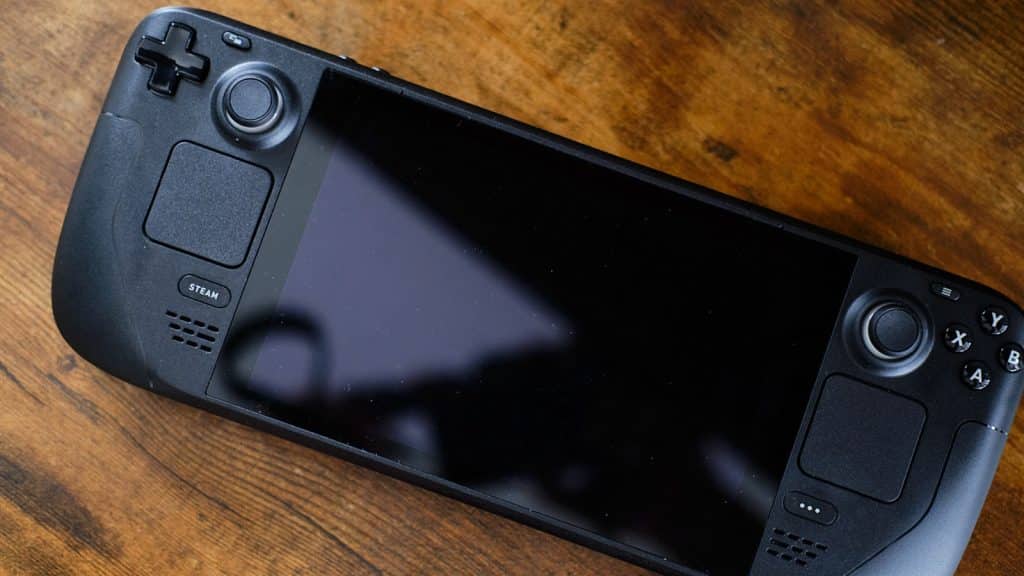 Dexerto
DexertoWeight
The Nintendo Switch is a featherweight 397g with the Joy-Cons attached, while Valve’s Steam Deck weighs an enormous 669g. Nintendo set out to ensure the Switch is portable. What’s the point in designing a handheld that is going to be heavy in the hands? Using their vast design knowledge, they actually made the Switch exceptionally light – even to this day.
The Nintendo Switch OLED is slightly heavier, coming in at approximately 421g with the Joy-Cons attached. Yet, even with the extra bit of weight, the Nintendo Switch, and its Joy-Cons feel incredibly light in the hands.
No matter which way you cut it, the Steam Deck is going to be the heavier of the two. Even with the Steam Deck OLED model being lighter at 640g. Its immense size doesn’t mean it loses out on the Switch’s comfortableness. The edges and curves allow it to comfortably rest in your hands, while the massive amount of buttons on offer never feels overwhelming.
Controls
Compared to the Switch’s Joycons, the two controller sides of the Steam Deck might look odd, but it takes just a few moments to get to grips with it. The more traditional placement of the sticks on the Switch, however, does feel better out of the gate. Valve’s decision to place the joysticks at the top seems to be more about fitting in the trackpads than anything, but it never gets uncomfortable.
What does, is the buttons on the Switch. Nintendo has a protected patent on direction pads and for the Joycons, they decided to revert them to buttons. It makes for some poor Street Fighter games, as well as cash out of pocket, to grab a Pro Controller.
The Dpad on the Steam Deck isn’t fantastic, but at least it is a Dpad.
Displays
The Steam Decks has a better resolution than the Nintendo Switch, at 1280 x 800, against the Switch’s 1280x 720 screen. However, the Steam Deck OLED bests all three of the other handhelds for display with its OLED panel and 90Hz refresh rate.
Meanwhile, the original devices have pretty standard LCDs, which both refresh at 60Hz.
Neither the Switch nor the Steam Deck LCD has great displays. Both have these fairly dull, but certainly usable screens. When isolated, games look great on them, but the actual screens on both Switch and Steam Deck are probably the cheapest parts.
If you’re looking for the best of the best, we fully recommend the OLED models for both systems.
Battery Life
To be blunt, both batteries on the Switch and Steam Deck are both equally bad. No matter what you do with the Steam Deck, with its vast amount of settings available to the user, it never manages to go longer than needed.
The Switch has also, always had a bad battery inside it. With just over 4000mAh inside, it can barely sustain itself for more than a couple of hours out of the box. It doesn’t even charge quickly, coming out just before USB-C standards were updated.
Let’s use an example of a game that came out recently on both handhelds. Disney Dreamlight Valley is available on both Steam and the eShop, with the game managing to eke out about two to a maximum of three hours on a freshly charged console.
More intensive games like Dead Space Remake don’t allow the Steam Deck to properly be a “portable handheld”, because it’s not going to last long enough. This is an issue on the Switch too, with games published by Bethesda like id’s Doom Eternal and Machinegun Games’ Wolfenstein not making it past the two-hour mark in some cases.
Which one is better in 2024?
We’re now nearly a decade into the Switch’s hardware. Comparing the Steam Deck to the Switch is a fool’s errand in this regard.
Nintendo sourced an Nvidia chip back in 2015 and placed it into the Switch. In 2017, this allowed them to launch the Switch without the extortionate high price that it would have been if launched in 2015.
However, it is a chip that has finally hit the wall. Nintendo’s own games, known for their sheening quality on almost any device, have begun to fall to performance issues. We’re unsure how they’ve managed countless times to get games looking and running as they do, but it might be time to sunset this old beast.
Meanwhile, we’re absolutely positive the Steam Deck might last forever. While the hardware isn’t as impressive as a few out there, the APU chip inside is much like the Switch. A custom design, with an excellent range and with access to the latest technologies, it won’t be going anywhere any time soon.
Sure, in ten years we might start to see it drop in terms of quality, but it has a secret weapon: supersampling.
Supersampling, savior of hardware
The saving grace for the limited hardware on the Steam Deck is supersampling with Intel and AMD, as well as other third-party inclusions. Not only will the tech manage to get games that wouldn’t work running almost flawlessly, but it will continue to do so as they improve.
Intel’s XeSS and AMD’s FSR are the secret underdogs in the hardware fight, allowing the APU inside the Steam Deck to perform far better than it was ever intended to go.
We’re expecting a bout of the ages if Nintendo decides to use Nvidia’s DLSS in their next console.
Gaming library
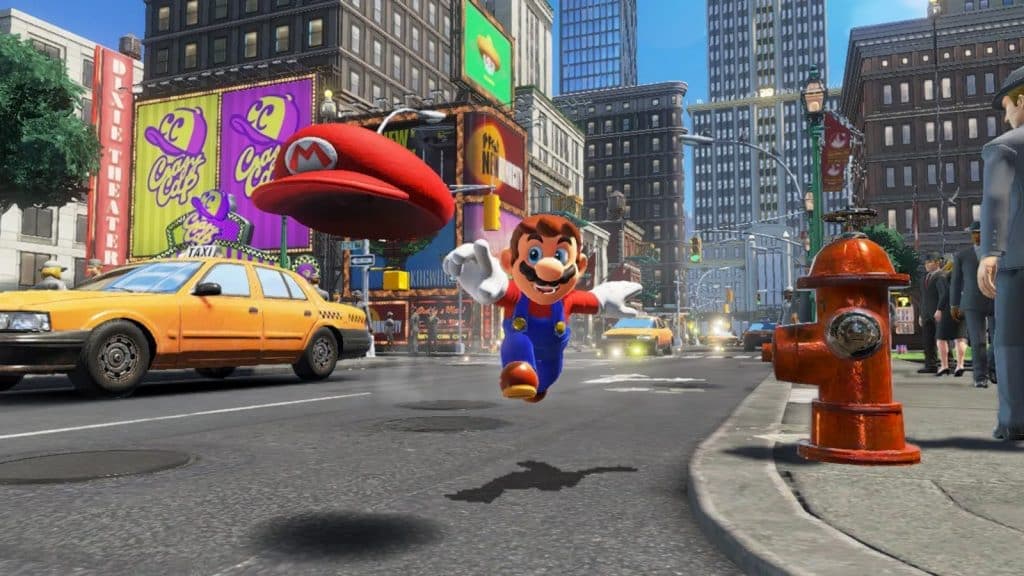 Nintendo
NintendoThere’s a proper air of superiority for those on the Steam Deck. Having almost an entire gaming catalog at your fingers, from decades gone to upcoming PC games, the Steam Deck does, in some ways, beat out the Switch.
Both consoles have an expansive, ever-growing library. They’re filled with hours, upon hours of titles to choose from and they will never slow down. Now the floodgates are open, both stores are rammed full of games almost every day.
However, this isn’t to discount the Switch’s access to a host of excellent titles, most of which, are available on the Steam Deck. They might not run as well as the Steam Deck, but the fact is, those who have gotten into the Steam Deck have started something of a small revolution within gaming.
Steam Deck is paving the way for lower-end gaming
It’s quiet, but it’s there. Humming away, in the distance. People are stopping caring about resolutions and frame rates. There’s a whole evangelical crowd who are adamant that 40FPS and 40Hz is the perfect ratio for maximizing your gaming time on the Steam Deck.
While we don’t buy into it entirely – because 40Hz is weird to look at – it shows that the gaming community surrounding these handhelds could care less about resolution and frame rate. As long as it performs well enough, hitting that 30, 40, or 60, it doesn’t seem to matter.
The same can be said for the Switch. While we know the hardware is getting on a bit, it hasn’t stopped the reception to the latest Pokemon game’s nasty bugs being well-liked.
Retro gaming
There’s also the fact that both consoles are ideal for a lot of retro titles. This is where the Switch starts to fall off a little bit, as the mostly locked-down system (if you got your console from 2018 onwards) can be a little hard to bring games from the outside.
However, Nintendo Switch Online’s retro gaming packages are getting better each time, but you just cannot beat the Steam Deck here. No matter how much Japanese studio Hamster and the bevy of other studios port their games, it’s not even a conversation.
Not only do you have a mini PC in your hands for excellent emulation of older PC systems, but there’s easy access to emulation on the go thanks to apps like Emudeck.
Of course, acquiring them is another topic.
We know the Steam Deck’s emulation capabilities, but we’re not going to bring active piracy for a current console into the mix.
Steam Deck or Switch, which should you buy?
As of right now, the Steam Deck is the one to buy. We’re unsure when Nintendo will launch the next console, but we do know that buying a Switch at anything but a massive discount, isn’t the way forward in 2024.
With routine Steam sales, a massive selection of games, and increasing support for the device day-by-day, the Steam Deck, and particularly the Steam Deck OLED, is the one to grab right now.
How Nintendo revolutionized handhelds
Even though the Wii U had died an unfortunate branding demise, it was the idea of a screen that could play high-end video games that persisted. A tablet with dedicated controls and games, it was a no-brainer, and Nintendo has smashed it completely out of the park.
In 2017, gaming on the go was a cautionary tale. Sure, other alternatives were out there and the PlayStation Vita never got the shake it deserved (rest in peace, Jeff Minter’s TxK), but nothing compared to just how seamlessly the Switch did things. You could play the newest, fully-fledged Zelda game on the TV and on the toilet. What next, Mario?
Even in the PC space, things were still lagging way behind. Laptops ideal for gaming were bulky, expensive, and just a bad idea. Mini portable PCs started to crop up more, but the original batch of GPD Win machines weren’t cutting it.
While portable PCs like the Ayaneo, OnexPlayer, and even GPD Win have all made a turnaround since AMD and Intel realized that they should be putting out better hardware for such devices, the Switch just remains unmatched.
Until 2021, Valve essentially waded into the swamps with a loaded hunting rifle and while it still hasn’t managed to down the Switch, it did manage to turn the water red.
Valve takes on the Switch
The Steam Deck takes the ideals of a portable, gaming PC and manages to succeed because Valve has had more than a decade to refine the idea. Failures in the hardware department revealed a massive success in the software.
Linux meant that Valve didn’t have to pay Microsoft for licenses, and their massive wealth due to owning the largest digital gaming store on the planet allowed them to cut the prices to something that probably had old Gabe Newell biting his knuckles in his knife-filled office.
If you click on a product link on this page, we may earn a small affiliate commission.
